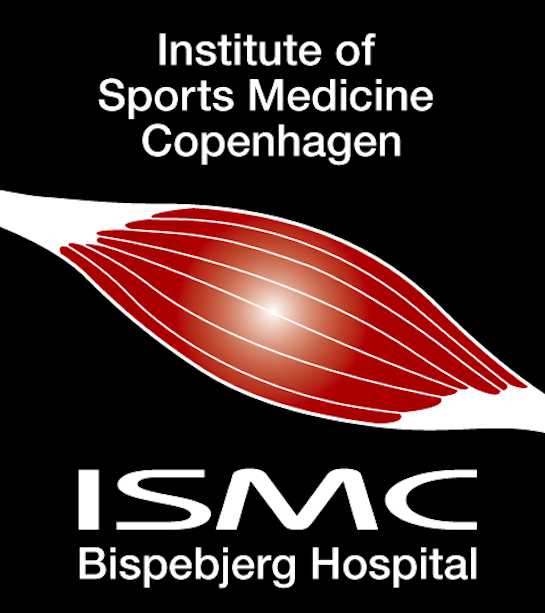CELLULAR FUNCTION IN TENDON
Aim
To understand and investigate how mechanical signals between cells and matrix are sensed and regulated in the connective tissue. We believe that tendon tissue homeostasis plays a potentially crucial role for the correct functioning of many other tissue types. Tendon tissue is used as the main model for the research for both in vivo and in vitro studies. In vivo we use both human and animal tendon to study the molecular response of the tissue to changes in loading (e.g. training and immobilization) and the matrix turnover in healthy and diseased tendon. In vitro we use 3-dimensional tendon constructs formed in culture to study the cell-matrix interaction by manipulating tissue stiffness, growth factor content and expression of matrix proteins.
Group leader
Michael Kjaer
Group members
Chloe Yeung, Costanza Montagna, Monika Lucia Bayer, Yoshifumi Tsuchiya, Adam El Mongy Jørgensen, Cheng Zhang, Nikolaj Mølkjær Malmgaard Clausen
MATRIX STRUCTURE AND FUNCTION
Aim
To understand the structure and function of connective tissue in tendon and muscle and to what extent it responds to a changing loading environment. We explore the structure and force transmission of connective tissue to better understand if there is a ‘weak link’ with respect to injury. To investigate connective tissue adaptability, we also investigate the effects of various forms of loading (exercise/training) as well as unloading (inactivity/immobilization) on the connective tissue in both young and old. We also examine the effect of different treatment strategies to improve clinical outcome after injury.
Group leader
Peter Magnusson
Group members
Christian Couppé, René Brüggebusch Svensson, Anne-Sofie Agergaard, Rikke Høffner, Rudi Hansen, Cheng Zhang, Monika Bayer, Mikkel Jensen
MUSCLE TISSUE CONTROL/SARCOPENIA
Aim
To understand the plasticity of skeletal muscle during cycles of damage and regeneration as well as during loss and gain of muscle mass under conditions of hospitalization-induced bedrest and resistance training, particularly in elderly individuals. At the cellular level, we are interested in the response of the various muscle cell populations contributing to the adaptation response, which we study in vivo and in vitro. Pharmacological intervention in the form of non-steroidal anti-inflammatory medication or blocking Angiotensin II receptor signaling are currently being investigated in human studies.
Group leader
Abigail Mackey-Sennels
Group members
Jesper Løvind Andersen, Peter Schjerling, Anders Karlsen, Casper Søndenbroe


